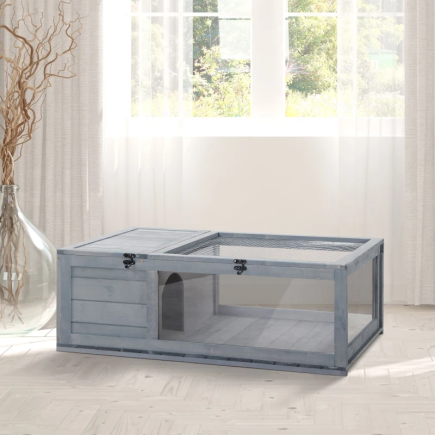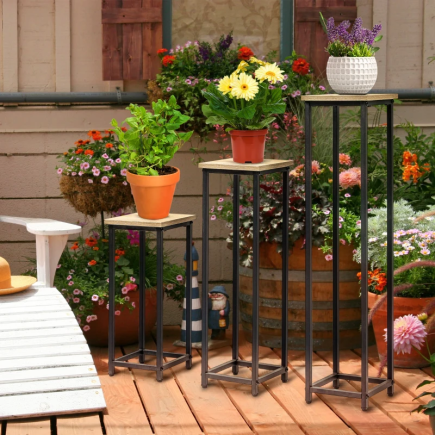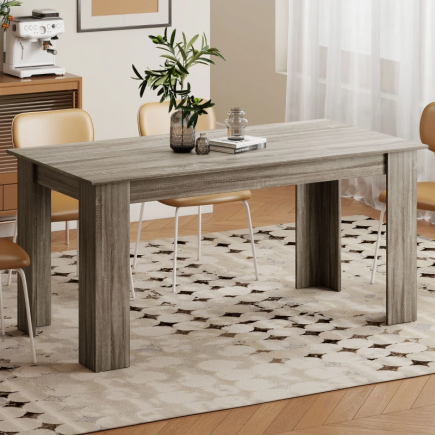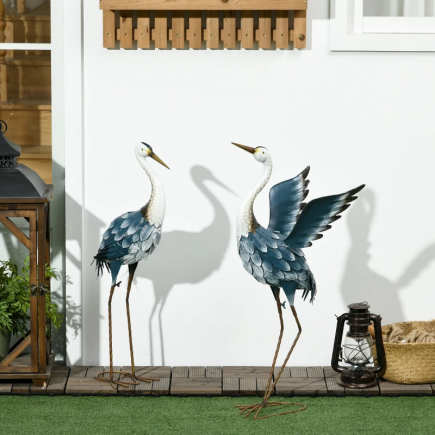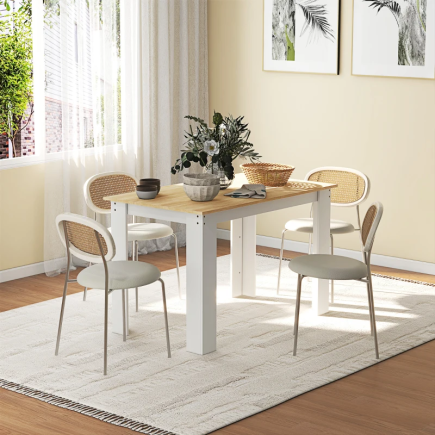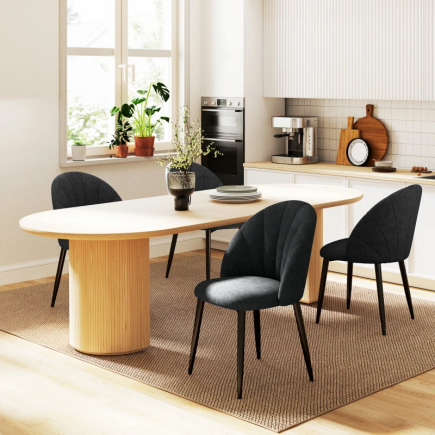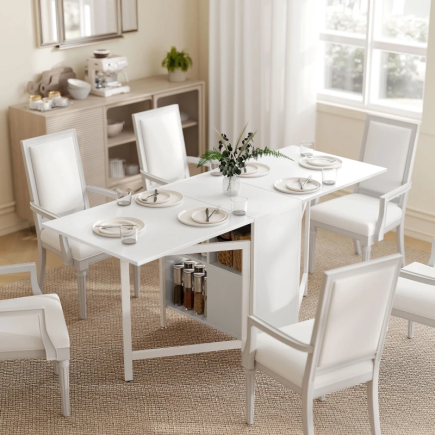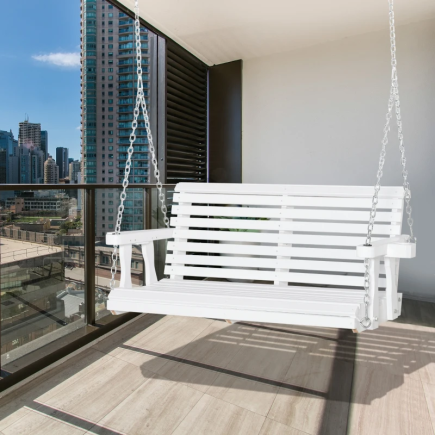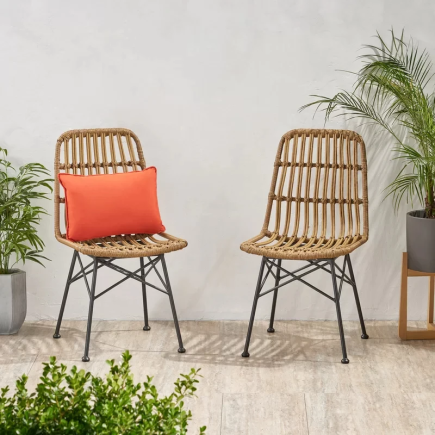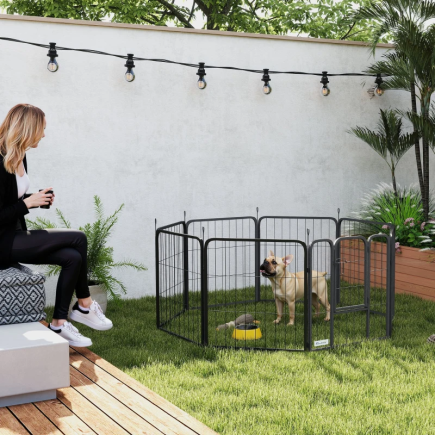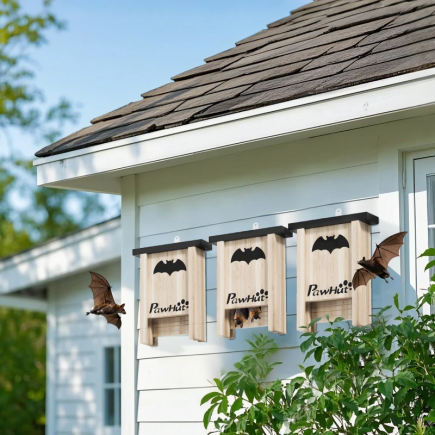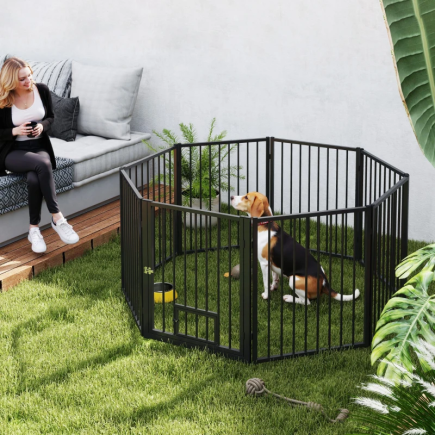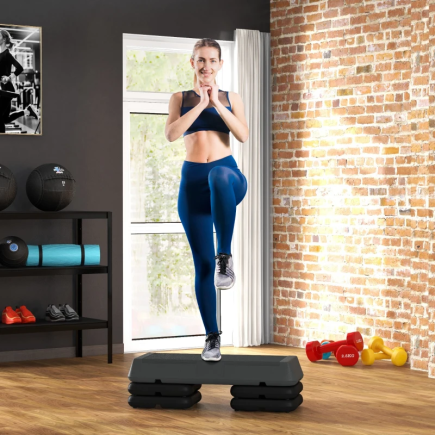Choosing a dryer machine may seem simple, until you’re standing in front of a dozen models, each with different specs, finishes, and prices. The truth is, your dryer has a big impact on daily life. It affects how your clothes feel, how long they last, how much energy you use, and even how much noise fills your laundry room. That’s why finding the right one is more than just picking the flashiest model.

This guide will walk you through everything you need to consider, from space and capacity to features and smart tech, so you can confidently choose a dryer that suits your home, lifestyle, and budget.
1. Measure Your Space First
Before you start comparing features or finishes, measure the space where your dryer will go. Even the most energy-efficient dryer won’t help if it doesn’t physically fit in your room.
Standard Dryer Dimensions
Most dryers follow a general sizing range, but some ultra-compact models are significantly smaller.
| Dryer Type | Width | Depth | Height |
| Standard Front Load | 27″ | 30-34″ | 38-43″ |
| Compact/Apartment Size | 24″ | 24-27″ | 33-36″ |
| Ultra-Compact | 19.3″ | 15.9″ | 23.6″ |
| Stackable Units | 27″ | 30-32″ | 70-75″ |
Helpful Tip: Ultra-compact size is perfect for dorms, apartments, RVs, or wall-mounting in laundry closets. Just ensure you have a minimum of 6 inches of clearance at the back for proper airflow.
2. Dryer Placement Types That Fit Your Home
There are three main types of dryers based on placement:
- Freestanding (on the floor): Best for laundry rooms or spaces with enough floor area. Easy to install and move when needed.
- Stackable (on top of a washer): Ideal for small laundry spaces where you want to save floor space, such as closets or narrow utility areas.
- Wall-mounted: Perfect for very small apartments, condos, or mobile homes where floor space is limited.
This flexibility makes dryer machines suitable for almost any living arrangement. Many models include side carry handles for portability and brackets for wall mounting.

3. Match Capacity to Household Size
The size of your dryer drum determines how much laundry you can dry per cycle. Choosing the right capacity helps save energy and avoid doing multiple loads unnecessarily.
Capacity Guide
| Household Size | Dryer Capacity Recommended |
| 1-2 people | 3.0-5.5 cu. ft. |
| 3-4 people | 5.5-7.0 cu. ft. |
| 5+ people | 7.0-9.0+ cu. ft. |
Match to Your Washer
A good rule of thumb is to choose a dryer with double the capacity of your washer. For example, if your washer is 3.22 cu. ft., aim for a dryer that’s at least 7.0 cu. ft.
Helpful Tip: If you wash bulky items like duvets, jackets, or rugs, go for a larger drum, even if your household is small.
4. Choose Between Vented and Ventless Models
The dryer’s venting system affects where it can be placed and how it operates.
Vented Dryers
- How it works: Pulls in air, heats it, and vents moisture outside.
- Pros: Faster drying times, typically lower upfront cost.
- Cons: Must be installed near an exterior wall or vent.
Ventless Dryers
These include two subtypes: condenser and heat pump dryers.
| Ventless Type | How It Works | Pros | Cons |
| Condenser | Condenses moisture into a tank or drain | No external venting required | Slightly higher energy use |
| Heat Pump | Reuses warm air to save energy | Most energy-efficient, gentle on clothes | Higher upfront cost, longer drying times |

Tip: Heat pump dryers are ideal for energy-conscious homes or where venting isn’t feasible.
5. Decide Between Electric or Gas Dryers
Your home’s current setup may influence your decision, but if you have a choice, consider both cost and convenience.
Electric Dryers
- Pros: Easier to install, more widely available
- Cons: Slower to heat, may use more electricity
Gas Dryers
- Pros: Heats quickly, lower energy cost over time
- Cons: Requires a gas hookup and certified technician for installation
| Feature | Electric Dryer | Gas Dryer |
| Installation | Plug-in (240V) | Requires gas line |
| Cost (upfront) | Lower | Higher |
| Energy Efficiency | Less efficient | More efficient |
| Drying Time | Slightly longer | Faster |
6. Prioritize Energy Efficiency
Dryers are one of the more energy-consuming appliances in a home. Choosing an energy-efficient model helps reduce both your hydro bill and environmental impact.
What to Look For
- Heat pump technology
- Moisture sensors to shut off automatically when clothes are dry
7. Moisture Sensors and Smart Drying Technology
The compact dryer offers 4 core drying modes designed for everyday convenience:
- Strong drying for thicker fabrics
- Intelligent drying with auto shut-off to save energy
- Low heat drying to help remove odours
- Normal drying for standard loads
Additionally, it features a two-way flip (reverse tumbling) function, which reduces fabric tangling and helps prevent wrinkles, ideal for mixed or bulky laundry.
Moisture Sensors
The smart drying system uses sensors to detect when clothes are dry, stopping the cycle automatically to prevent over-drying, reduce energy use, and protect fabric quality.

Helpful Tip: Smart drying is especially useful for families with different fabric types or heavy laundry loads.
8. Choose the Right Drying Mode for Your Laundry
Not every household needs every drying cycle, so choose a model with settings you’ll actually use to match your laundry habits. Many dryers offer preset modes designed for different fabric types, laundry weights, and drying preferences.
For example:
- Extra-dry for thick fabrics like towels or bedding
- Smart or automatic cycles that stop when clothes are dry to save energy
- Mixed load settings that balance heat and time for various fabrics
- Air or no-heat cycles to gently refresh delicate items
- Timed drying options for more control over shorter or longer cycles
These modes provide flexibility, whether you’re tackling heavy loads or giving a light refresh to everyday clothes.
Helpful Tip: Simple controls, such as an intuitive dial or clearly labeled buttons, can make cycle selection easier and faster.
9. Consider Noise Level and Anti-Vibration Features
A quieter dryer can make a big difference, especially in small apartments or open-plan spaces. Models with balanced drum designs and sturdy construction tend to reduce noise and vibration, even during longer cycles.
Helpful Tip: Read user reviews. Decibel levels aren’t always listed in product descriptions, but feedback often mentions noise issues.
10. Look for Ease of Use and Accessibility
A user-friendly LED control panel with clear icons for temperature, time, and cycle selection makes operation simple. A see-through window lets you monitor laundry while it’s running, and the front-loading design with a wide opening makes loading and unloading effortless.

Safety is also important, many dryers automatically power off if the door opens mid-cycle to help prevent accidents, especially around children.

11. Evaluate Drum Material and Build Quality
The quality of materials inside your dryer directly affects its lifespan and efficiency.
Drum Material
- Stainless Steel: Durable, resists chipping, reduces static
- Powder-Coated Steel: More affordable but may scratch or chip over time
Build Considerations
- Secure door seals
- Lint filter accessibility
- Drum light for better visibility
12. Sanitation and Disinfection Benefits
For hygiene-focused households, some dryers offer sterilization capabilities. This feature helps reduce bacteria and allergens, making it especially useful for drying baby clothes, towels, or garments used by allergy-sensitive individuals.

Helpful Tip: Many modern dryers allow you to reverse the door swing, just check the manual or spec sheet.
13. Design and Finish Options
While not a primary buying factor, aesthetics matter if the laundry area is visible.
Popular Finishes
- White: Classic, budget-friendly
- Graphite/Grey: Modern and sleek
- Black Stainless: Premium look, fingerprint-resistant

Tip: Match the finish with your washer or surrounding cabinetry for a cohesive space.
Choosing the right Dryer Machine isn’t just about drying clothes. It’s about comfort, efficiency, and making your daily routine easier. Whether you’re outfitting a compact condo or a busy family laundry room, your perfect match comes down to a few key things:
- Measure your space and pick a fitting configuration
- Choose a capacity that matches your household’s needs
- Decide between vented or ventless dryer machines based on installation limitations
- Factor in energy efficiency and smart drying features for long-term savings
- Don’t forget build quality, ease of use, and customer support
Dryer machines are a long-term investment. Take your time, think about how you live, and choose the model that best aligns with your needs, now and in the future.
FAQs
1. Can I use a dryer machine without a vent hose?
Only ventless dryer machines, like condenser or heat pump models, are designed to operate without a hose. Vented models require proper ventilation to avoid moisture buildup and safety hazards.
2. What is the difference between drying time and cycle duration?
Drying time is the actual time it takes to remove moisture, while cycle duration includes preheat, cool-down, and auto-sensing pauses.
3. Do all dryers require external exhaust vents?
No. Only vented dryers need an external vent. Ventless dryers recycle or condense moisture and don’t require outdoor exhausts.

